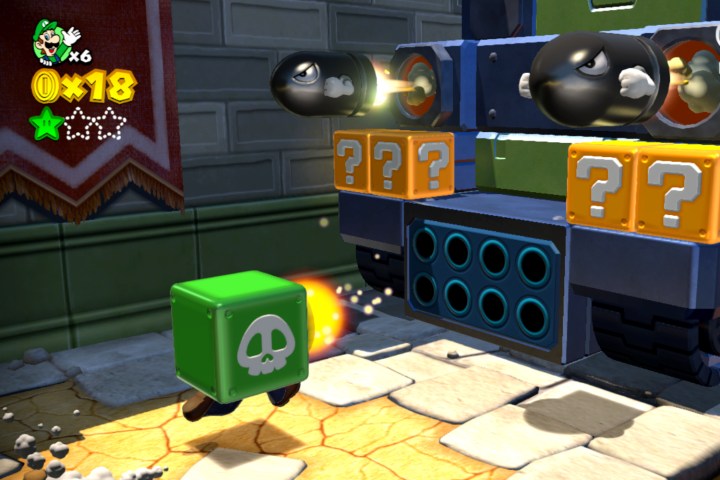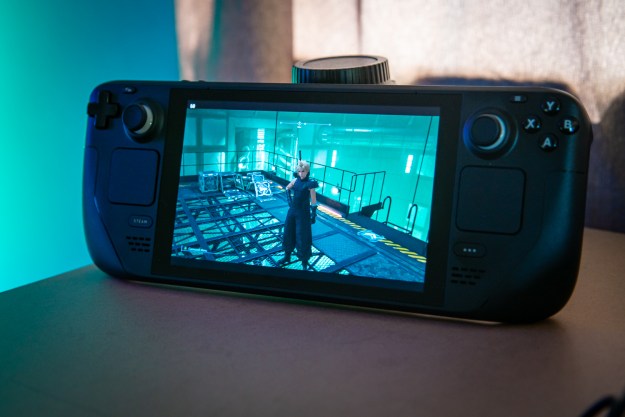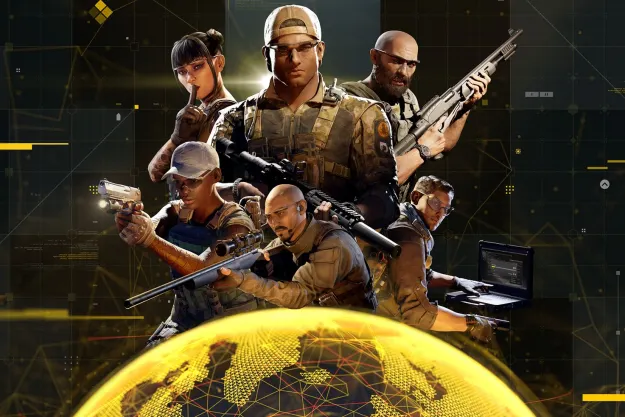
In an interview with Glixel, Miyamoto explained that he thinks of himself much more as a “designer” than as an artist, as he’s trying to “fit all the pieces together” to create a finished game.
“I’m a designer. I don’t think of myself as creating works, I really think of myself as creating products for people to enjoy,” he said. “That’s why I’ve always called my games products rather than works of art.”
Just two years ago, it seemed that Miyamoto may have taken a slightly more pro-“art” stance on the subject. He admitted that there was “sameness” in the video game industry due to companies closely monitoring successes, and that “creativity is still immature,” but that companies will likely be able to take more risks in the future.
In the meantime, Miyamoto has allowed his creativity to shine through other, nontraditional Nintendo products, as a younger group of designers take the lead on the Switch console and its software.
“Because of that, what it’s allowed me to do is focus on other projects like Super Mario Run or the Universal theme park. I’m going to keep looking for these opportunities where I can do something new and fun,” Miyamoto said.
In the case of the theme park, concept images released thus far for a Japanese “Super Nintendo World” location show a full-fledged Mushroom Kingdom come to life. If Miyamoto has more projects like that lined up for the future, we’re very excited. In the case of Super Mario Run, you’ll be able to try it out on iOS this Thursday.
Editors' Recommendations
- I’m secretly hoping that the leaked all-white Xbox Series X isn’t real
- If I’m not supposed to smell the Steam Deck vents, why do they smell so good?
- After using the Legion Go, I’m finally thankful for my Steam Deck
- Despite its rocky start, I’m still optimistic about Overwatch 2’s future
- I know nothing about cars and even I’m obsessed with Forza Motorsport


